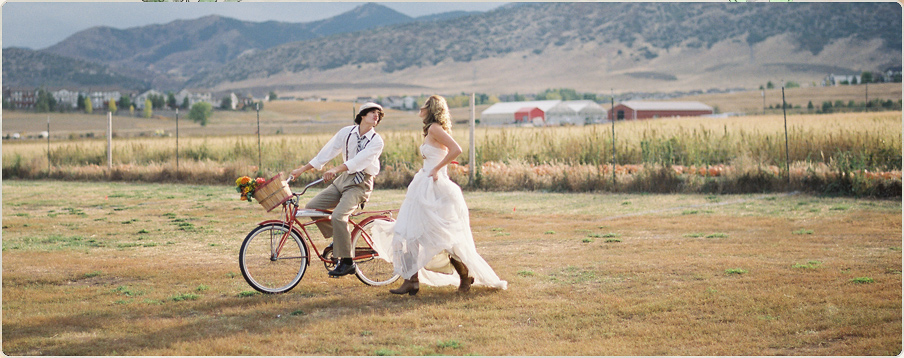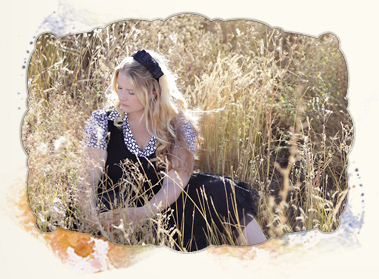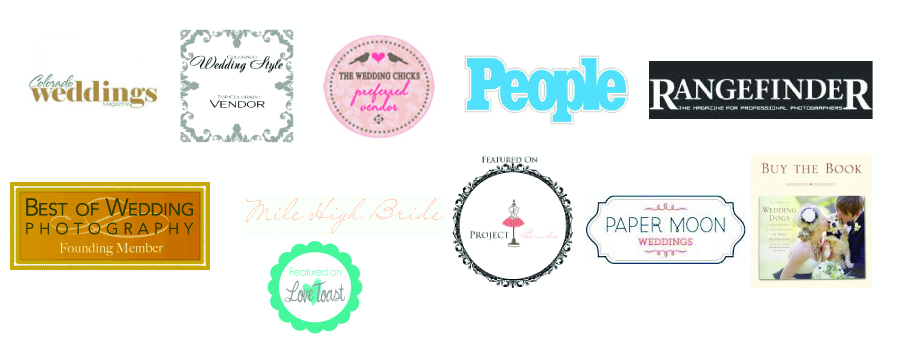12 Awards from WPPI for Andy and Angie Wood
Thursday, December 10, 2009 Posted in Colorado Wedding Photographer
We mentioned a few weeks ago that we had received 12 more Accolades of Excellence from WPPI. I also again wanted to thank our wonderful clients for participating in these images. It takes a lot of trust sometimes to make these images. You give us the support and Inspiration for these images.
Entering Competitions has been one of the most helpful things we have ever done in our career as photographers. The next would be teaching at Arapahoe Community College and other professional photographers. The whole process of competitions is an exercise in deliberate practice, which I believe is the best way to become better at photographer.
1. Picking which prints will be submitted for competition. (Sounds easy but this is one of the hardest parts). The learning is in how you are choosing. We typically take prints and ask for feedback from both professional photographers as well as those that have no training. Both opinions can be valuable if interpreted correctly. We have a friend with no formal training, and who is not a photographer that is correct on scores more than anyone else we know including ourselves. Whether or not something is submitted is not the point you are getting feedback and having to work through critique. In the end there is no right or wrong answer, just what you think.
2. Printing the selections. Sounds easy right? Send it off to the lab and have it printed. WPPI prints are viewed under guidlines and each room, every time is setup the same way. If you understand how it will be viewed you may change the way it is printed. Using different papers, printing a little darker to make sure detail is not washed out. You can learn a lot when you working a photograph for the way it will be viewed. It is not unheard of for me to print some entries 4 times to make sure I have it correct.
3. The 16×20 competition takes place at WPPI Las Vegas Convention and Trade Show. The judging is open to photographers and takes place usually 3 days. Even if you don’t submit anything you should attend one of these for a few hours. The conversation about others prints will be enlightening to your own work. Maybe the photographer uses to heavy of a vignette or processing. Maybe they should have used a different lighting pattern or removed distracting items from the final print. There are very few places you can learn this much by just listening. The judges at the competitions are the Best in the Industry. The practitioners that have won awards, write books, and constantly amaze the photographic community.
4. The most important step. Learning from what you have submitted. WPPI has started adding comments to the score sheets sent back to the photographer. I said this is the most important part because you may not always agree with the judges, and that is ok. The learning is in working through critique and coming out the other side with a better understanding of what you know. You are not in competition with others just with yourself. Atleast this has always been my opinion.
Volkner wrote “Don’t bother being better than your predecessors and contemporaries, just try and be better than yourself”
ILLUMINATION OF PRINTS
Your prints will be viewed by the light of two 250-watt quartz-halogen lights set at 45 degrees to a rotating print easel. There are no other lights on in the print rooms. It is advisable to view your entries under similar lighting conditions before submitting.

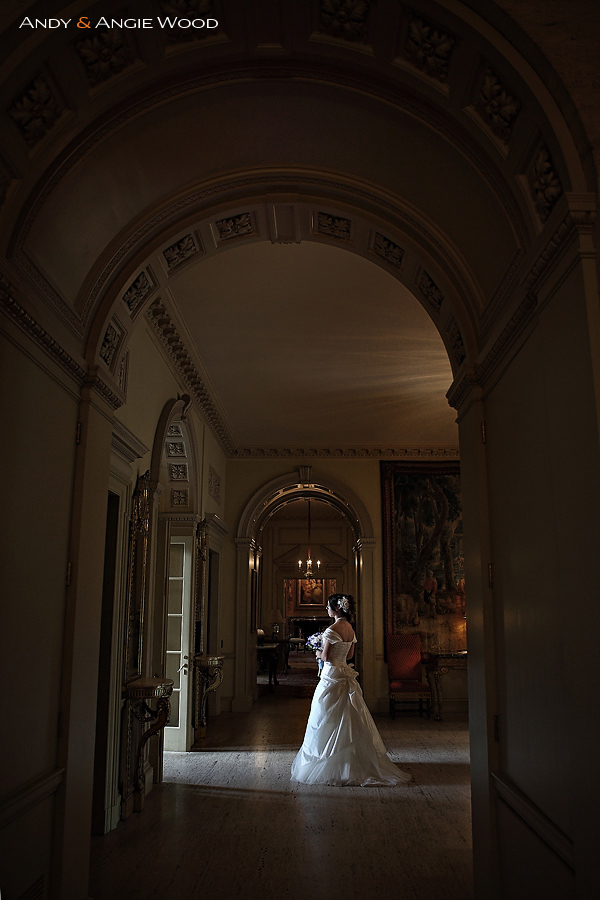
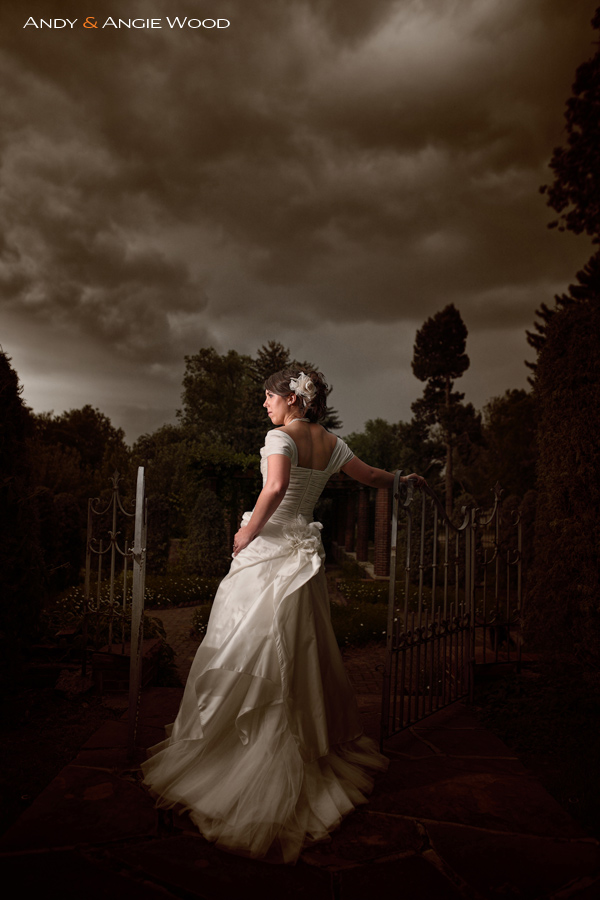

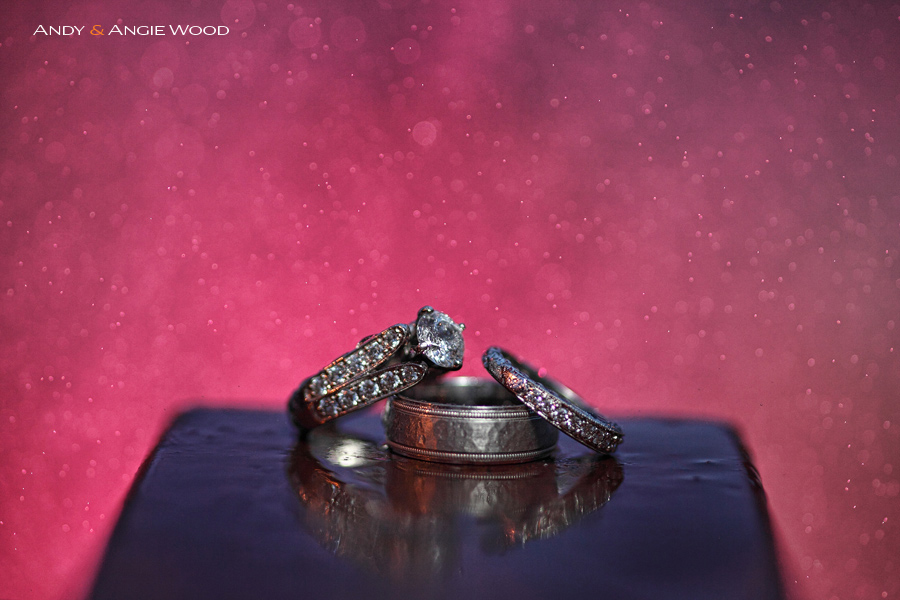

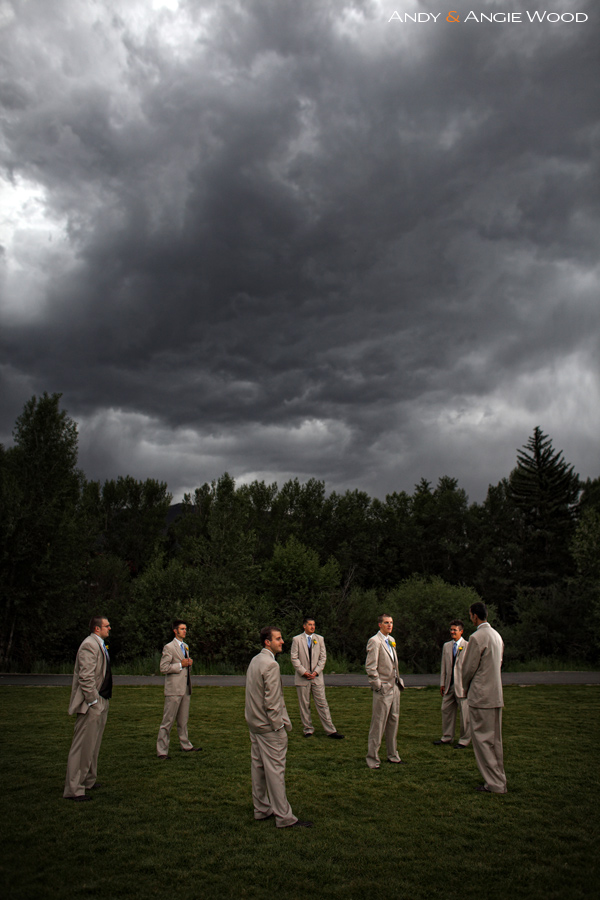

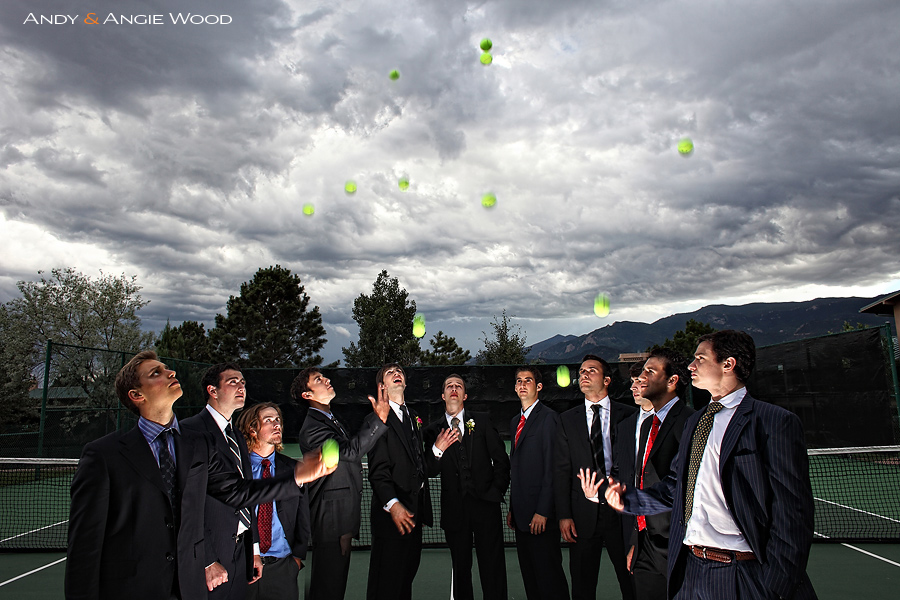


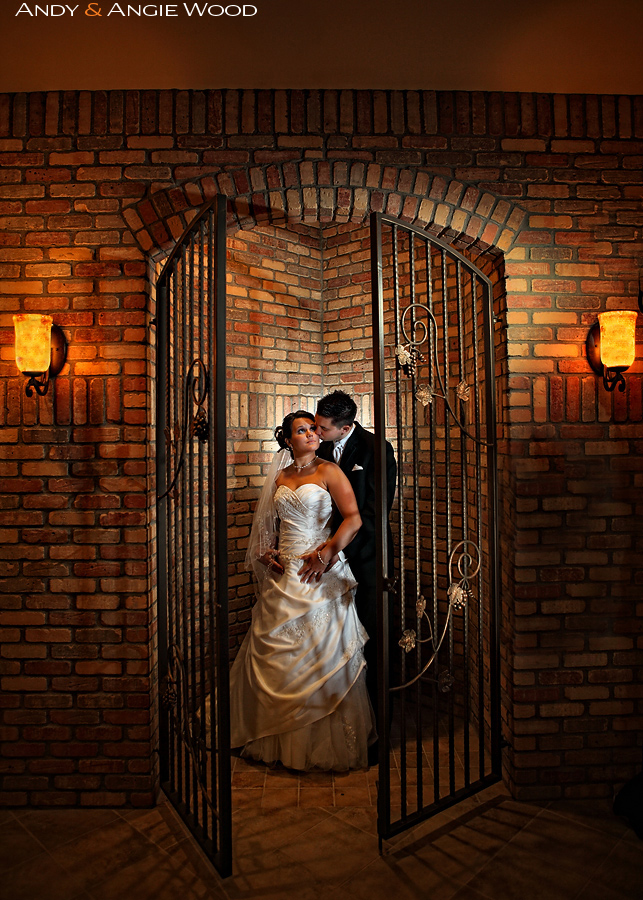
For the photographers here are some of the things that WPPI is looking for.
3. WHAT JUDGES LOOK FOR
The judges base their scores on a combination of the following qualities: creativity, impact, storytelling, technical excellence, lighting, posing, expression, print quality, and composition.
First, second and third place awards are chosen as follows:
All prints scoring 85 or above in each category are set aside during the judging process. Once the judging is completed in the category, the audience is asked to leave the room. The print handlers then display those prints for the judges to review without exposure to the scores. At that time, the winners are chosen but may not be the highest scoring images in the category. The Grand Award for each division is then chosen from the first place category winners .
TECHNICAL ASPECTS
• Highest quality technical execution.
• Proper exposure for the mood and subject matter pictured.
• Flawless presentation—excellent spotting, retouching and finishing technique with clean, professional mounting and/or matting.
COMPOSITION AND POSING
• Is the placement and arrangement of subject matter well handled?
• Is the posing believable and flattering?
• Are the finer points of the posing (hands and feet, for example) well handled?
CREATIVITY
• A fresh and imaginative approach to the subject matter.
IMPACT
• Does the photograph have strong visual appeal?
• What elements hold the viewer’s eye within the confines of the print?
• Is the visual approach special or unique?
• Does the image “grab and hold” the judges’ attention?
STYLE
• What makes the photograph different from other entries? What makes it stand out?
• Is the image unique? Does it possess individuality and originality?
PRESENTATION TIPS
• Use of creative mounting can enhance the impact of your photograph.
• Matting or submount colors should enhance and modify the print image.
• Print presentation should be flawless; mounting, spotting, retouching, matting, etc.
• Mounting and presentation techniques should never overpower your print.
• Prints previously submitted to other print competitions usually show signs of wear and tear—bent corners or scratches in the print surface, etc. Judges are expecting to see original, pristine presentations and will deduct from the scores of damaged or worn prints.
NOTE: You may not re-enter a print entry from a prior Awards of Excellence 16×20 Print Competition. Your photograph will be disqualified if detected. You may, however, enter images previously entered in WPPI’s 8×10 competitions.
DATE OF ORIGIN
Images submitted must have been created within the last 24 months of the closing date of the competition.
LIGHTING
• Mastery of the lighting with a full range of highlights, shadows and midtones with detail throughout.
• Good modeling and three-dimensionality of subject features.
• Does the light create a mood?
COMMUNICATION VALUES
• Does the print communicate a message or story, or impart information in a visually interesting way?
• Does the image design support the subject matter?
• A strong storytelling statement should be apparent.
PRINT QUALITY
• Excellent range of tones and optimal print contrast
• Color fidelity and true color quality of skin and subject tones.
• “Unnoticeable” burning and dodging or other print manipulations.
TITLES
• Titles are no longer required; however we would request that Untitled 1, Untitled 2, or a similar type of identification be used in order to help with identifying the image.
CATEGORY CHOICE
• WPPI has many different categories in which a print may be entered. Choose the most appropriate one.
• WPPI will not move your prints to a different category, so choose carefully.
Here is the link to our original blog post about WPPI Awards

